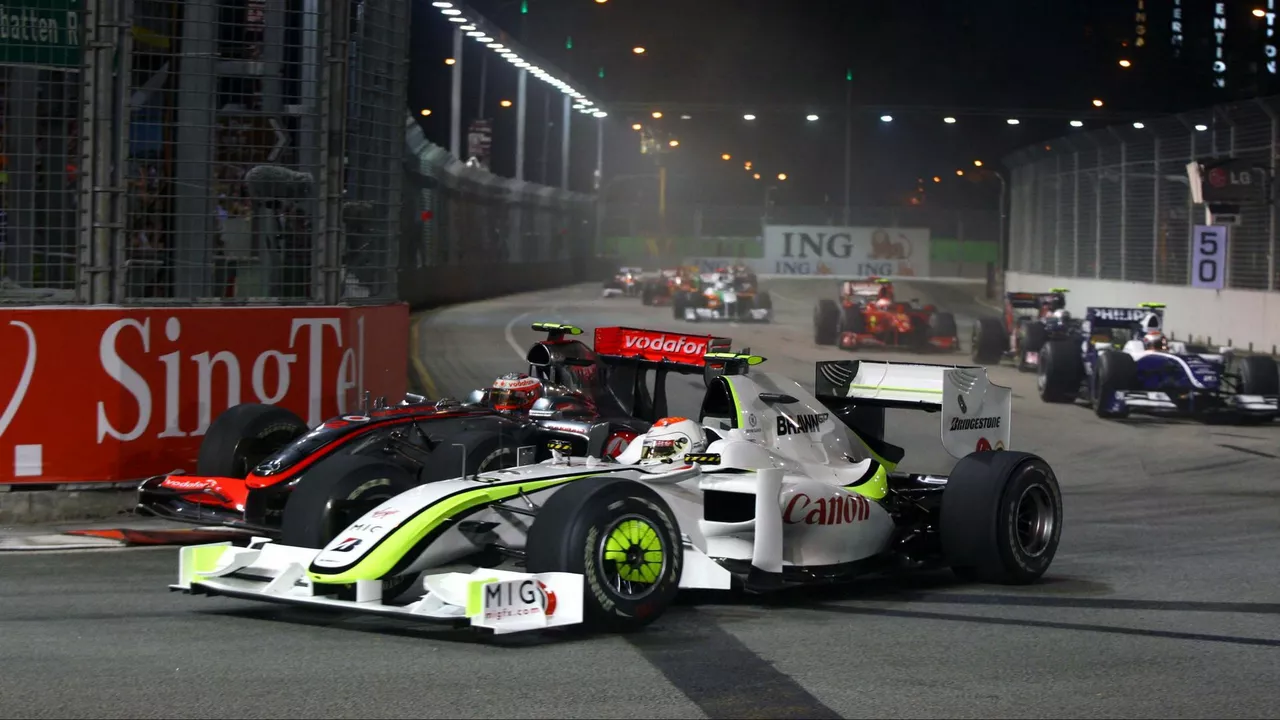Motorsports and Racing Analysis
Welcome to the hub where we break down the big questions in racing. Whether you’re glued to the track or just curious about the buzz, this page gives you straight‑forward insight without the jargon.
Why IndyCar Doesn’t Follow F1’s Playbook
First up, let’s talk about the age‑old “why doesn’t IndyCar copy Formula 1?” debate. Both series roar with speed and tech, but they feel very different to fans. IndyCar leans heavily on home‑grown talent – think of it as the local high school that keeps its own kids on the field. That focus builds a loyal, regional fan base and keeps the cost of entry lower for drivers.
Formula 1, on the other hand, sells the glamour of a global super‑star roster. By hiring drivers from all corners of the world, F1 taps into massive TV markets and luxury sponsors. The result is a worldwide fan count that dwarfs IndyCar’s numbers. It’s not just the drivers; the race venues read like a world‑tour, from Monaco’s tight streets to Singapore’s night lights.
Marketing plays a huge role, too. F1 spots itself as a high‑end lifestyle brand. Think sleek ads, billionaire team owners, and a focus on exclusivity. IndyCar’s branding feels more down‑to‑earth – it’s about the roar of the engine, the close‑quarters battles, and the fact that you can often see the cars up close at a local oval.
That doesn’t mean IndyCar can’t learn anything. A few F1‑style fan experiences – like virtual reality laps or more behind‑the‑scenes content – could attract new eyes without watering down the series’ core identity.
What This Means for Fans and the Future
If you’re a casual viewer, the takeaway is simple: each series offers a different flavor of excitement. IndyCar gives you raw, wheel‑to‑wheel action on tracks that feel familiar, while F1 dazzles with cutting‑edge tech and a global stage. Knowing this helps you decide where to put your time and money.
For the sport itself, blending the best of both worlds could be a win‑win. IndyCar could adopt a few high‑tech fan‑engagement tricks, while F1 might learn a thing or two about keeping costs down and staying relatable. The result would be a richer motorsport landscape for everyone.
Got a hot take on this debate? Drop your thoughts in the comments below – we love hearing what real fans think.
Stay tuned for more deep dives, race recaps, and behind‑the‑scenes stories. The track is always moving, and so are we.

Why doesn't IndyCar imitate Formula 1 more to be as popular?
As an avid racing fan, I've often wondered why IndyCar doesn't follow Formula 1's footsteps to gain more popularity. While both racing series boast impressive speed and technology, it's clear that Formula 1 has a more extensive global reach. One reason could be that IndyCar focuses on developing local talent, whereas Formula 1 showcases international drivers, attracting a broader audience. Additionally, the marketing strategies and race locations of Formula 1 are more geared towards luxury and exclusivity, drawing in more viewers. In conclusion, IndyCar could consider adopting some of Formula 1's tactics to increase its popularity, but must also maintain its unique identity to differentiate itself in the world of motorsports.